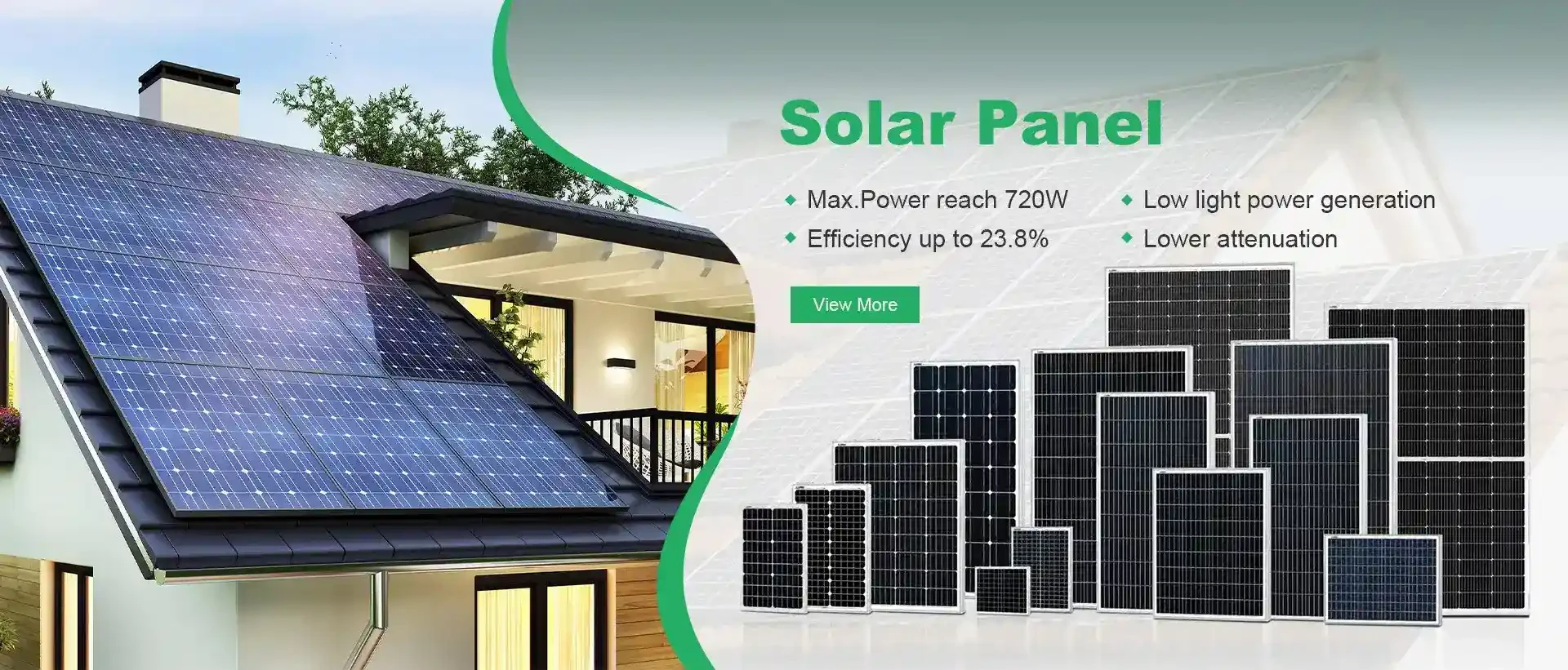solar panel available sizes
Understanding Solar Panel Available Sizes
As the world shifts towards renewable energy sources, solar panels have become a vital component in harnessing solar power. One of the critical aspects to consider when investing in solar energy is the size of the solar panels available on the market. Understanding the various sizes can help homeowners, businesses, and energy enthusiasts make informed decisions about their solar installations.
Solar panels typically come in a variety of sizes, which can affect their efficiency, power output, and installation requirements. The most common size for residential solar panels is approximately 65 inches by 39 inches, with a standard output of around 250-400 watts per panel. This size can effectively fit on most rooftops, maximizing energy capture without requiring excessive space. For larger commercial installations, solar panels can be slightly larger, measuring about 78 inches by 39 inches, with outputs reaching upwards of 450 watts per panel.
Understanding Solar Panel Available Sizes
Another important consideration is the efficiency of solar panels, which is often related to their size. While traditional panels have an efficiency range of 15-20%, newer technologies such as monocrystalline panels can achieve efficiencies of over 22%. Higher efficiency translates to more energy generation in smaller spaces, making these panels particularly suitable for urban areas where roof space is at a premium. Although these high-efficiency panels may come at a higher initial cost, the long-term savings and energy production can justify the investment.
solar panel available sizes

In addition to standard sizes, there are also specialized solar panels designed for specific applications. Bifacial panels, for example, are designed to capture sunlight from both sides. These panels can generate more power in the same footprint as traditional panels, making them an attractive option for projects with available spaces like ground-mounted installations.
On the other hand, flexible solar panels are gaining popularity for unique applications, such as on boats, RVs, or irregular rooftops. These lightweight panels can be easily installed on various surfaces regardless of shape or size, bringing solar energy to places previously deemed unsuitable for traditional installations.
It is also essential to consider the mounting options dictated by the panel size. Larger panels may require more robust mounting systems to support their weight and withstand wind loads. In contrast, smaller panels may provide flexibility in installation but could necessitate a higher number of panels to meet energy needs.
In conclusion, understanding the available sizes of solar panels is essential for maximizing the benefits of solar energy. Various sizes cater to different energy needs, available space, and budget considerations. Whether choosing standard panels for residential use or exploring specialized options for unique applications, being informed about the sizes available can help users make a successful transition to solar energy. As technology continues to advance, newer and more efficient options will likely emerge, further enhancing the accessibility and efficiency of solar power for all.
-
String Solar Inverter: The High-Efficiency Solution for Smart Solar EnergyNewsJul.14,2025
-
Revolutionizing Rooftop Energy with the Power of the Micro Solar InverterNewsJul.14,2025
-
Power Independence with Smart Off Grid Solar Inverter SolutionsNewsJul.14,2025
-
On Grid Solar Inverter: Powering the Future with Smart Grid IntegrationNewsJul.14,2025
-
Monocrystalline Solar Panels: High-Efficiency Power for the Future of Clean EnergyNewsJul.14,2025
-
Bifacial Solar Panel: A Smarter Investment for Next-Generation Energy SystemsNewsJul.14,2025







